The Plateau Culture Area is the area between the Cascade Mountains and the Rocky Mountains in Washington, Oregon, Idaho, British Columbia, and Western Montana. From north to south it runs from the Fraser River in the north to the Blue Mountains in the south. Much of the area is classified as semi-arid. Part of it is mountainous with pine forests in the higher elevations.
While much of the Plateau Culture Area constitutes a dry region characterized by a sagebrush-Juniper steppe area with pine forests at the higher levels, there are portions of the area which do not fit this description. In the northern portion of the Plateau Culture Area, there is a temperate rainforest with higher precipitation.
 The shaded area on the map shown above designates the Plateau Culture Area.
The shaded area on the map shown above designates the Plateau Culture Area.
Among many of the Plateau tribes—Yakama, Flathead, Kootenai, Okanogan, Sanpoil, Nez Perce, and Wishram—the women made two-hide dresses by matching two hides of deer, elk, or bighorn sheep. With regard to decoration, Emil Her Many Horses, in a chapter in Identity by Design: Tradition, Change, and Celebration in Native Women’s Dresses, reports:
“Plateau dresses are also characterized by rows of leather fringes decorated with trade beads called “Russian” or “Siberian” beads.”
These beads were not made in Russia, but came to North America via Russian traders.
The High Desert Museum south of Bend, Oregon, has displays of Plateau women’s clothing.
Hats
One of the distinctive characteristics of women’s clothing among the Plateau tribes is the basket hat. This hat is usually described as being fez-shaped with designs woven it. In her book Columbia River Basketry: Gift of the Ancestors, Gift of the Earth, Mary Dodds Schlick reports:
“The graceful proportions of these hats and the varied execution of the traditional banded zigzag design required great skill on the part of the weaver.”
In their chapter on Plateau basketry in the Handbook of North American Indians, Richard Conn and Mary Dodds Schlick report:
“Most basket hats were made in the southern Plateau by the people who were settled on the Nez Perce, Umatilla, Warm Springs, and Yakima reservations and by the Joseph band of Nez Perce living on the Colville Reservation.”
According to the Museum display:
“The basket hat distinguishes Plateau culture. Today, women wear them at the ceremonial first root harvest and important social gatherings. Basket hats are revered family heirlooms and may be passed from mother to daughter, carrying tradition with them.”
Dresses
With regard to women’s dress, Josephine Paterek, in her book Encyclopedia of American Indian Costume, reports:
“The earliest attire was a simple wraparound skirt and poncho top, both made of skin. Later they wore the strap-and-sleeve dress, and may have worn the side-seam dress.”
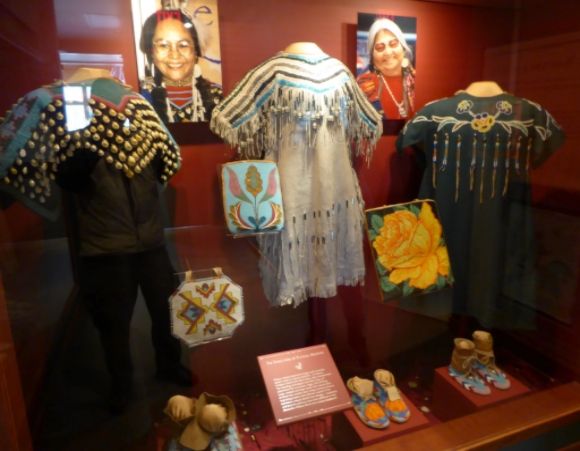
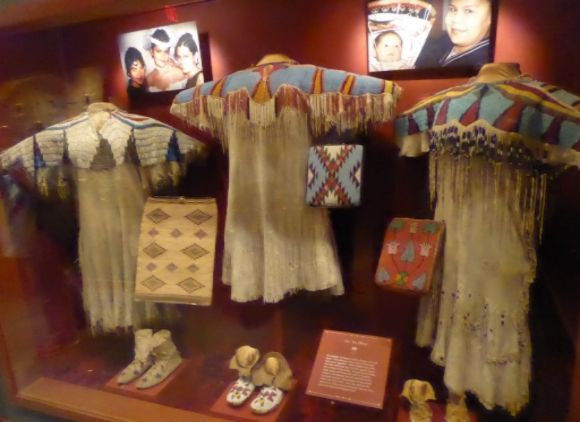
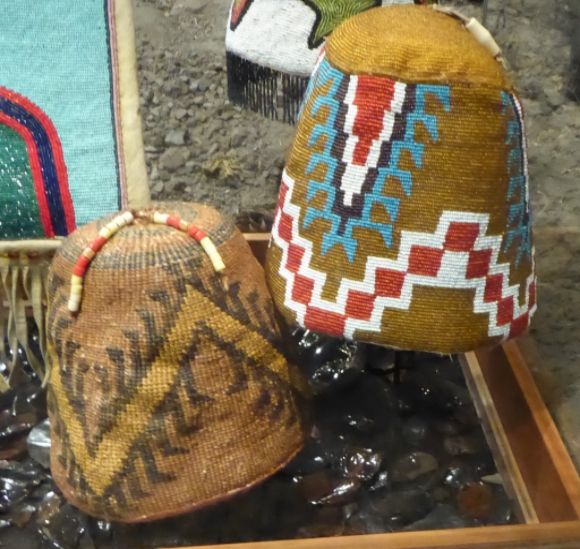
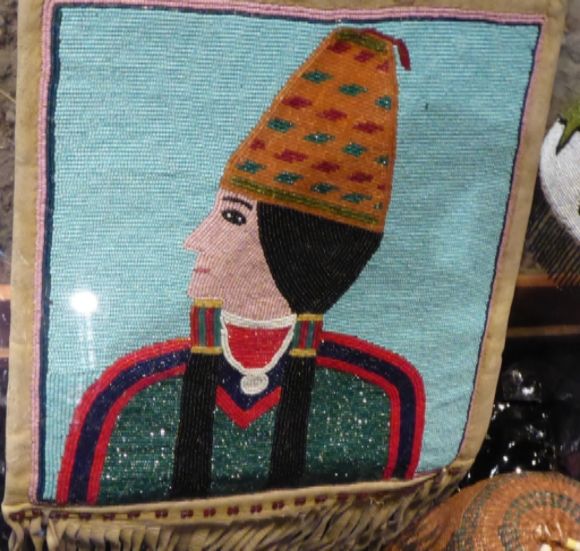

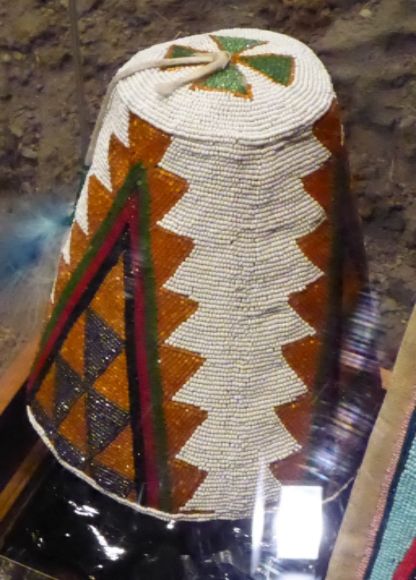
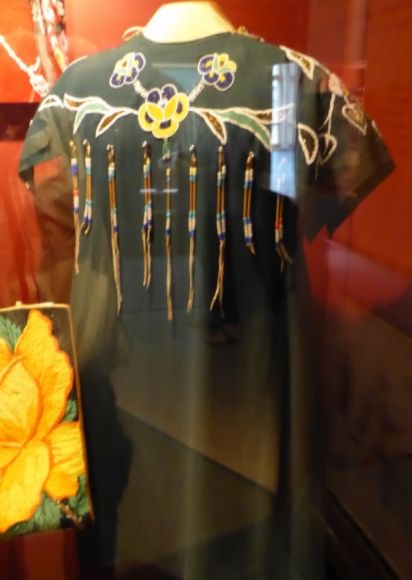
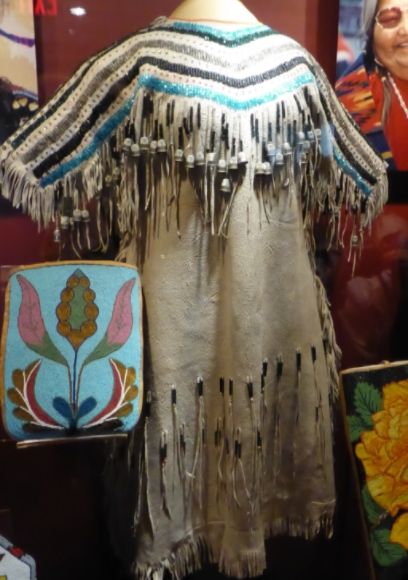
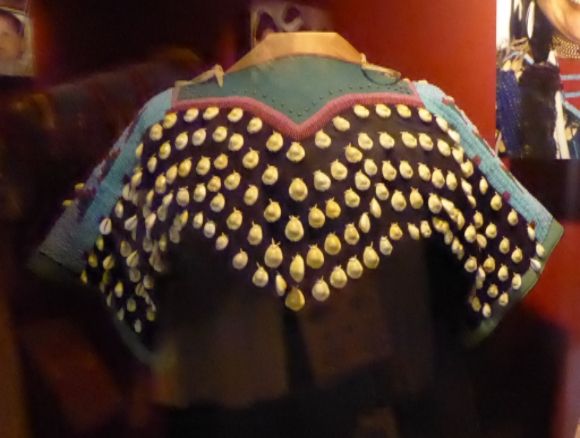
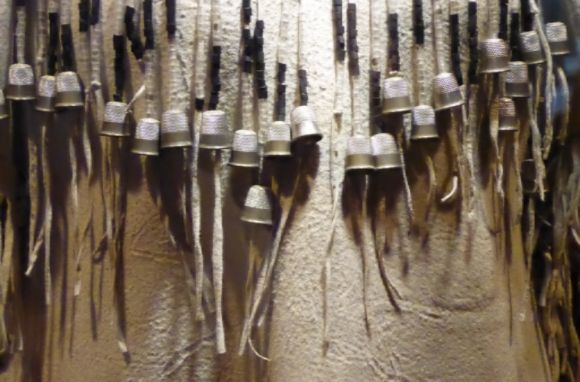

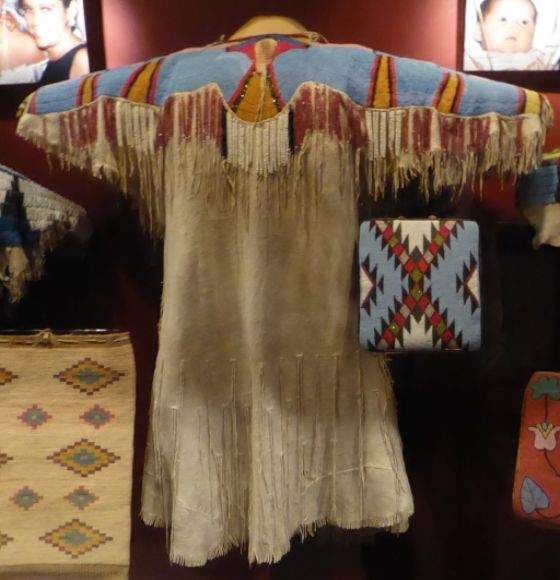
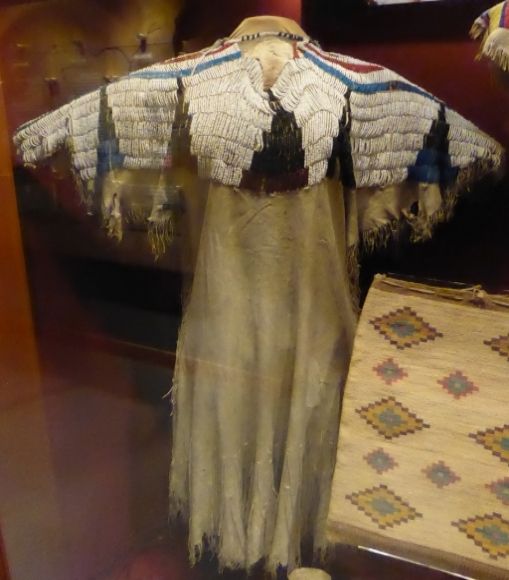
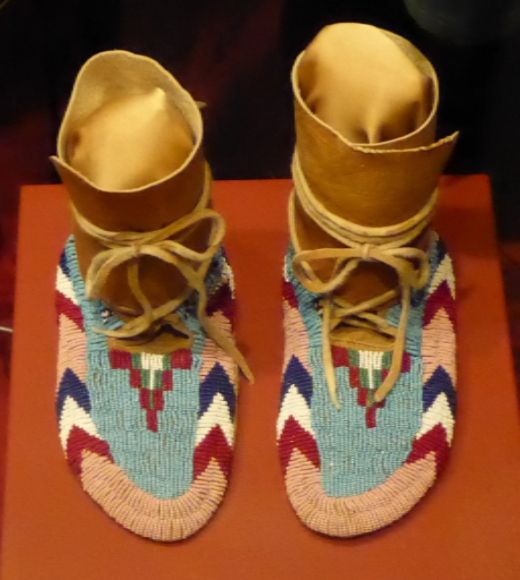
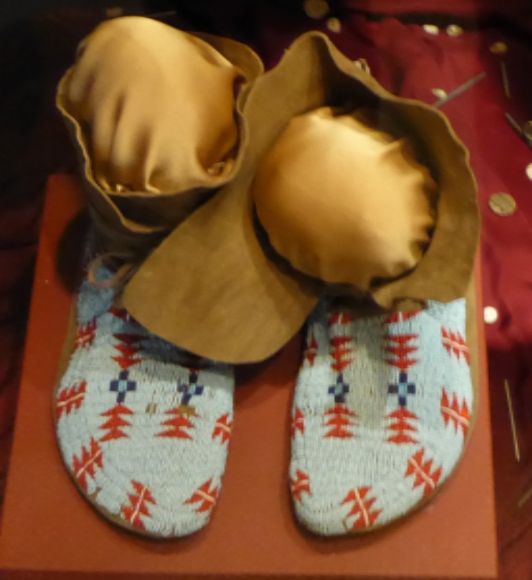
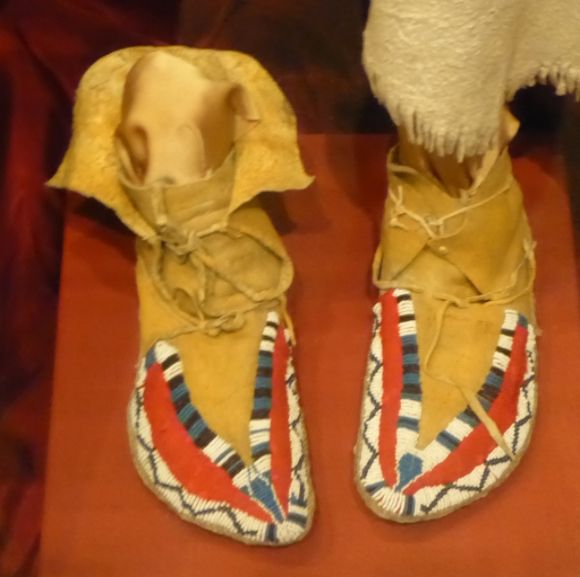

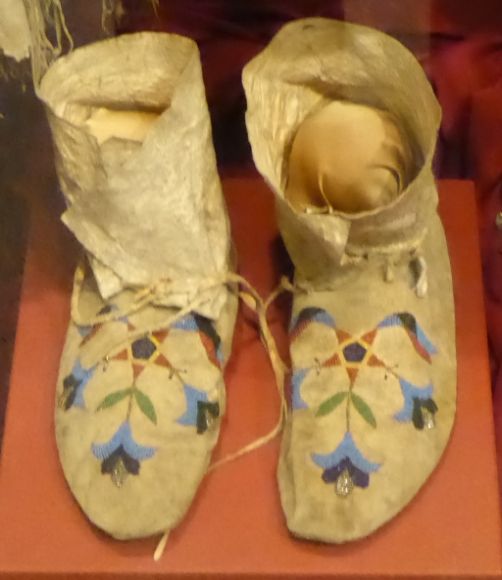
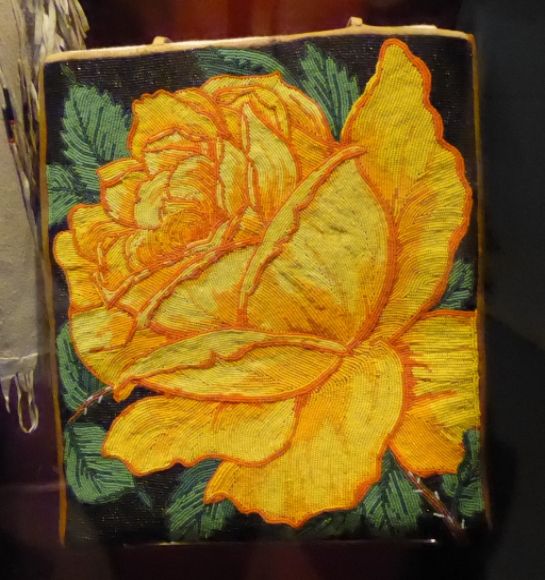
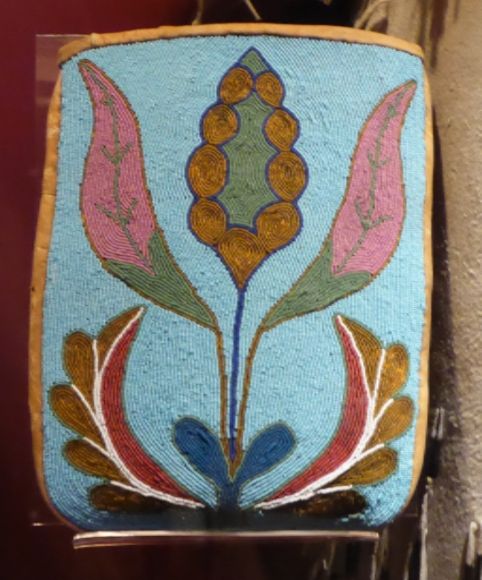
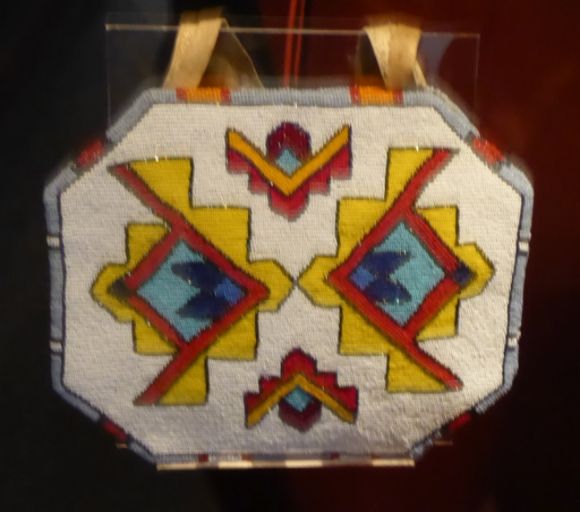
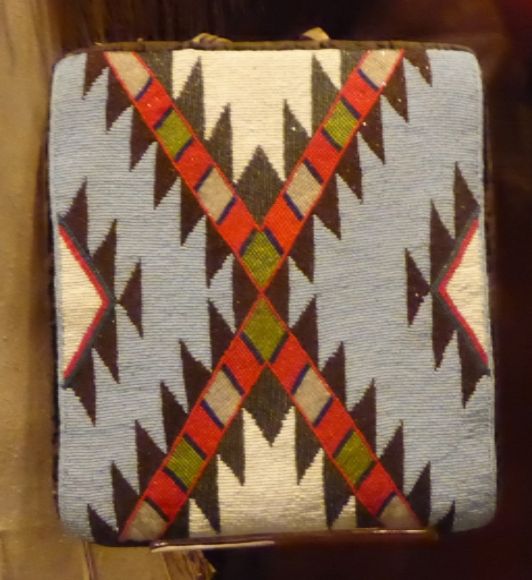
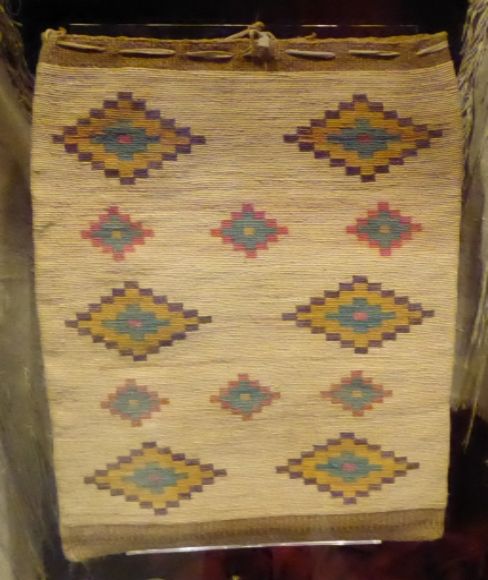
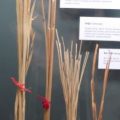
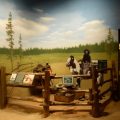
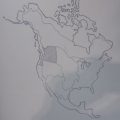

Leave a Reply